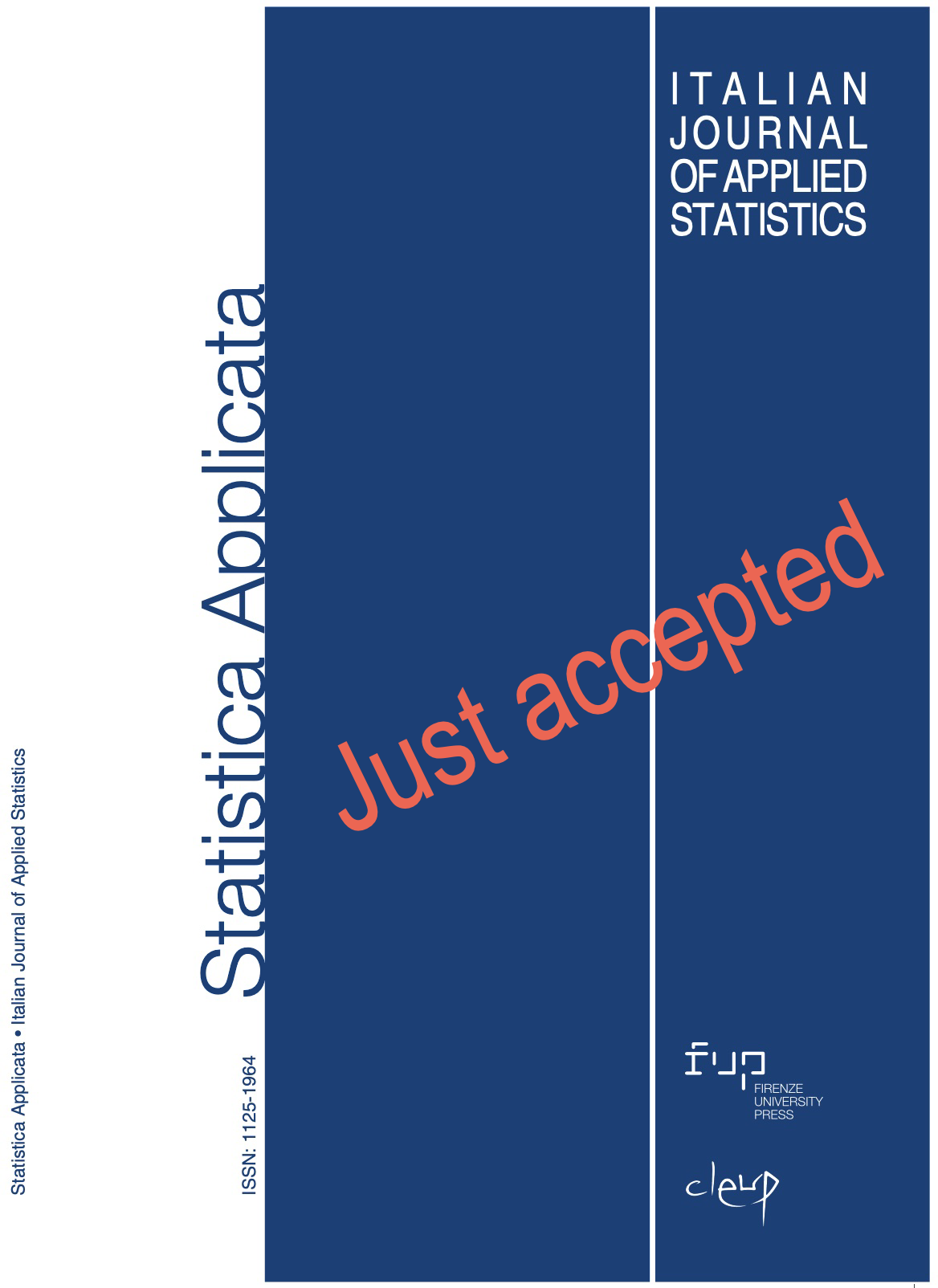Published 2024-12-20
Keywords
- Transition to university,
- Educational inequality,
- Educational territorial patterns,
- Lasso method,
- Bayesian logistic model
How to Cite
Copyright (c) 2024 Domenico Vistocco

This work is licensed under a Creative Commons Attribution 4.0 International License.
Abstract
Two data sets for 2009 were used to compare Italians and immigrants: the European Union Statistics on Income and Living Conditions (EU-SILC) and the Italian Survey on Income and Living Conditions of Families with Immigrants (IM-SILC). A sub-sample of subjects between 20 and 25 years of age was set up, containing individual, family, and contextual variables. Their effects on the choice of tertiary education (yes/no) were assessed using a Lasso method to determine the significant explanatory set of variables through a Bayesian approach also aimed at identifying interaction terms. The transition from high school to higher education showed a complex pattern involving many variables: young women continued with their education more than young men; the educational level of the parents and many components of income entered the model in a parabolic form. Significant contextual factors included the degree of urbanisation and household tenure status. New elements of this study include the sample, the Lasso method in this field, and some empirical results.


